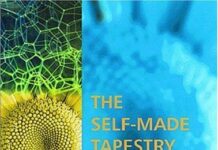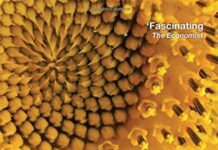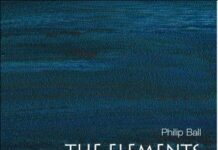
Ebook Info
- Published: 2011
- Number of pages: 240 pages
- Format: PDF
- File Size: 6.78 MB
- Authors: Philip Ball
Description
As part of a trilogy of books exploring the science of patterns in nature, acclaimed science writer Philip Ball here looks at the form and growth of branching networks in the natural world, and what we can learn from them.Many patterns in nature show a branching form – trees, river deltas, blood vessels, lightning, the cracks that form in the glazing of pots. These networks share a peculiar geometry, finding a compromise between disorder and determinism, though some, like the hexagonal snowflake or the stones of the Devil’s Causeway fall into a rigidly ordered structure. Branching networks are found at every level in biology – from the single cell to the ecosystem. Human-made networks too can come to share the same features, and if they don’t, then it might be profitable to make them do so: nature’s patterns tend to arise from economical solutions.
User’s Reviews
Editorial Reviews: Review Review from previous edition: “Wideranging, intelligent and non-dogmatic triology of books.” Martin Kemp, Times Literary Supplement 19/03/2010″Branches is a slim tome, generously illustrated with photographs, charts and mathematical models.” ―Financial Times, 12/09/2009 About the Author Philip Ball is a freelance writer and a consultant editor for Nature, where he previously worked as an editor for physical sciences. He is a regular commentator in the scientific and popular media on science and its interactions with art, history and culture. His ten books on scientific subjects include The Self-Made Tapestry: Pattern Formation in Nature, H2O: A Biography of Water, The Devil’s Doctor: Paracelsus and the World of Renaissance Magic and Science, and Critical Mass: How One Thing Leads To Another, which won the 2005 Aventis Prize for Science Books. He was awarded the 2006 James T. Grady – James H. Stack award by the American Chemical Society for interpreting chemistry for the public. Philip studied chemistry at Oxford and holds a doctorate in physics from the University of Bristol. His latest book The Music Instinct published in February 2010.
Reviews from Amazon users which were colected at the time this book was published on the website:
⭐It’s not 5 stars because it’s poorly formatted. It’s dense little text lines that I had to get out a card and follow down the page a bit, and the way he doesn’t split it into paragraphs doesn’t help. The first chapter starts out slow and pointless.Once I got past those problems: WOW. I’ve been studying fractal math for a long time and this book was exactly what I needed. He may not split things into decent paragraphs ever, but I took a lot of notes and the vocabulary I got from this book is going to be really, really helpful. I’ve been searching for the terminology of these shapes for a long time (to the point where some of my notes have “I need a word for this, therefore I’ll just coin one of my own!”) and this had it all and more. The difference between “self-avoiding” vs “vascular” vs “scale-less”, and the already-developed math that people have already found so I don’t have to!It’s -awesome- if you know what he’s talking about to begin with. I almost shelved it after fighting with the slow start and the really crappy formatting, and I’m very very glad I didn’t.
⭐No. Just no, don’t read it. Pass it by without getting involved with it at all. Don’t think about it or have any opinion about it. Spare yourself. The less said about this book, the better. End of story.
⭐
Keywords
Free Download Branches: Nature’s Patterns: A Tapestry in Three Parts in PDF format
Branches: Nature’s Patterns: A Tapestry in Three Parts PDF Free Download
Download Branches: Nature’s Patterns: A Tapestry in Three Parts 2011 PDF Free
Branches: Nature’s Patterns: A Tapestry in Three Parts 2011 PDF Free Download
Download Branches: Nature’s Patterns: A Tapestry in Three Parts PDF
Free Download Ebook Branches: Nature’s Patterns: A Tapestry in Three Parts



